Sodium ion selective electrodes are compact combination sensors designed for accurate detection of sodium ions in aqueous solutions. Featuring a durable glass housing and a specialized glass membrane with high ion selectivity, they ensure stable and interference-resistant measurements. Standardized in size (Φ12×120 mm), these electrodes are compatible with various instruments, and different models offer adaptable temperature ranges to meet diverse application needs—from routine lab testing to demanding environmental or industrial conditions.
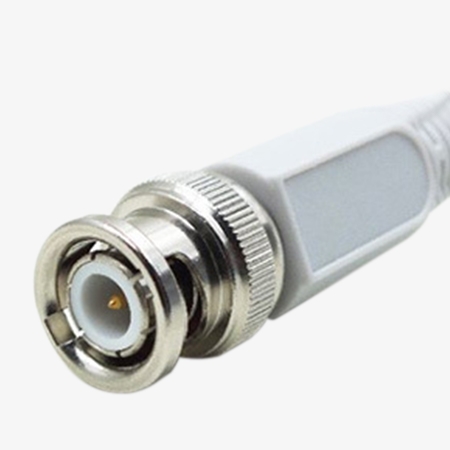
Structural Characteristics of the SISEs
- Both are sodium ion combination electrodes, integrating the indicator and reference electrodes into one compact unit for convenient use.
- Both electrodes feature a glass housing, offering excellent chemical resistance and stability.
- With the identical dimensions of Φ12×120 mm, making them compatible with standard setups and equipment.
- SISCO-ISE-701 equipped with a BNC (Q9 type) quick-connect connector, while SISCO-ISE-972207 equipped with a S7 connector.
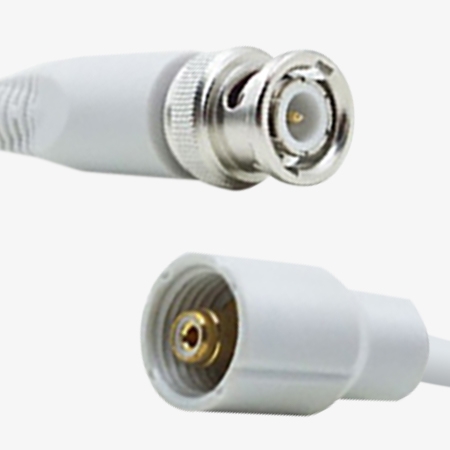
Functional Characteristics of Sodium ISEs
- Both ion electrodes use glass as the base material for the sensitive membrane (including glass membranes and glass bulbs), ensuring high selectivity and stable response to sodium ions.
- SISCO-ISE-701 operates within a temperature range of 5–45°C, while SISCO-ISE-972207 supports a broader range of 0–80°C, making the latter more suitable for complex or extreme experimental conditions.
Application
The ion selective electrode is a versatile tool widely used for monitoring and analyzing water quality across various applications. It is particularly effective in testing drinking water, domestic water, pool water, and industrial water, ensuring compliance with safety and regulatory standards. Its high sensitivity to specific ions makes it ideal for detecting trace contaminants in these water sources. Additionally, the electrode can be used for analyzing surface water and groundwater, providing critical data for environmental monitoring and pollution control. Whether for routine quality checks or environmental research, the ion selective electrode offers reliable, precise measurements to help maintain safe and clean water across different settings.
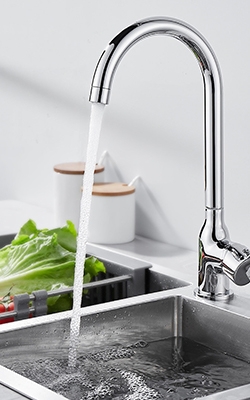
Domestic Water

Pool Water
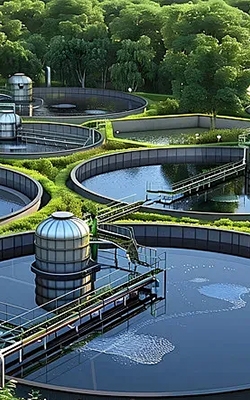
Industrial Water
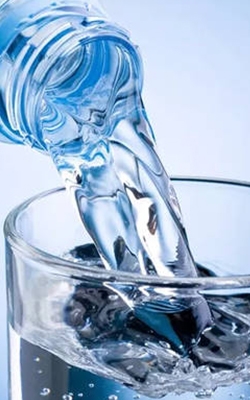
Drinking Water
| Model | SISCO-ISE-701 | SISCO-ISE-972207 |
| Type | Sodium ion composite electrode | Sodium ion composite electrode |
| Measurement Range | 10⁻¹~10⁻⁶ mol/L | 1.0×10⁻⁶ to saturation |
| Mass Concentration | / | 0.02ppm to saturation |
| Sodium ion concentration | 2300-0.023ppm | / |
| pH Range | / | 6~12 |
| Zero Point | 0±1 | / |
| Operating Temperature | 5~45℃ | 0~80℃ |
| Repeatability | / | ±2% |
| Liquid Junction | Ceramic salt bridge | High-performance ceramic salt bridge |
| Reference Structure | Ag/AgCl | Long-life reference system |
| Filling Solution | 1.0NH₄Cl mol/L | / |
| Reference Solution | / | ISE reference filling solution type G |
| Standard Solution | / | Sodium ion electrode calibration solution |
| High-end Ion Strength Regulator | / | Ion strength regulator type Ⅶ |
| Housing Material | Glass | Glass |
| Sensitive Membrane Material | Glass membrane | Glass bulb |
| Dimensions | Φ12×120 mm | Φ12×120 mm |
| Connector | BNC (Q9 Type) | S7 |
Q1: What is an ion selective electrode (ISE)?
A1: An ion-selective electrode (ISE) is a type of sensor designed to measure the concentration of specific ions in a solution. It is used in various fields, such as environmental monitoring, clinical diagnostics, and industrial applications, for real-time ion concentration measurements. ISEs are highly valued for their simplicity, accuracy, and ability to provide precise data without the need for complex sample preparation. These electrodes offer a quick and reliable way to monitor ion levels in a variety of solutions.
Q2: How does an ISE work?
A2: An ion-selective electrode (ISE) works by utilizing a membrane that selectively interacts with a specific ion in a solution. The electrode generates an electrical potential when the ion of interest interacts with the membrane. This potential is directly related to the concentration of the ion in the solution. The ISE typically consists of a reference electrode and an ion-selective membrane, which allows the target ion to pass through or interact with it, while minimizing the influence of other ions. The measured potential is then used, along with the Nernst equation, to calculate the ion concentration in the solution. This enables accurate and real-time measurement of ion levels.
Q3: What types of ions can an ISE measure?
A3: An ion-selective electrode (ISE) can measure a wide range of ions, depending on the type of membrane it uses. Commonly measured ions include sodium (Na⁺), potassium (K⁺), calcium (Ca²⁺), chloride (Cl⁻), ammonium (NH₄⁺), nitrate (NO₃⁻), and hydrogen ions (H⁺), among others. Each ISE is designed to selectively respond to a particular ion or group of ions, allowing precise measurements in different applications. For example, a sodium ISE can be used in clinical diagnostics to monitor blood sodium levels, while a chloride ISE may be used in environmental monitoring to assess water quality. The ability to measure specific ions makes ISEs highly versatile tools in fields like chemistry, biology, medicine, and environmental science.
Tips: What maintenance does an ISE require?
- Cleaning: The electrode should be cleaned regularly to remove any contaminants or buildup of substances that could affect its performance. Cleaning depends on the type of ion being measured but usually involves rinsing the electrode with distilled water and occasionally using mild cleaning solutions, such as a dilute acid or alcohol, to remove stubborn deposits.
- Calibration: ISEs should be calibrated frequently to ensure accurate readings. Calibration typically involves using standard solutions with known ion concentrations. This helps adjust the electrode for any drift or changes in its response over time.
- Storage: Proper storage is crucial to maintaining the electrode's longevity. When not in use, the electrode should be stored in an appropriate solution (e.g., a storage solution specific to the type of ion being measured) to prevent the membrane from drying out and to maintain its functionality.
- Inspection: Regularly inspect the electrode for any physical damage or wear, particularly the membrane. If the membrane becomes cracked or damaged, it may need to be replaced to maintain accurate measurements.
By following these maintenance steps, the performance and lifespan of an ISE can be significantly extended, ensuring reliable and precise ion measurements.
Thank you for buying industrial test and measurement equipment on SISCO.com, all products sold by SISCO and the partner cover a 12 months warranty, effective from the date of receiving the products.
What is covered?
SISCO is responsible for providing free spare parts, and free technical support to assist the customer to repair the defective products until the problem is solved.
What is not covered?
- Product purchased from anyone other than a SISCO store or a SISCO authorized reseller.
- Expendable parts.
- Routine cleaning or normal cosmetic and mechanical wear.
- Damage from misuse, abuse or neglect.
- Damage from use of parts other than SISCO approved.
- Damage from use outside the product’s usage or storage parameters.
- Damage from use of parts not sold by SISCO.
- Damage from modification or incorporation into other products.
- Damage from repair or replacement of warranted parts by a service provider other than a SISCO authorized service provider.
- Damage caused by the application environment not meeting the product usage requirements and the failure to perform preventive maintenance.

